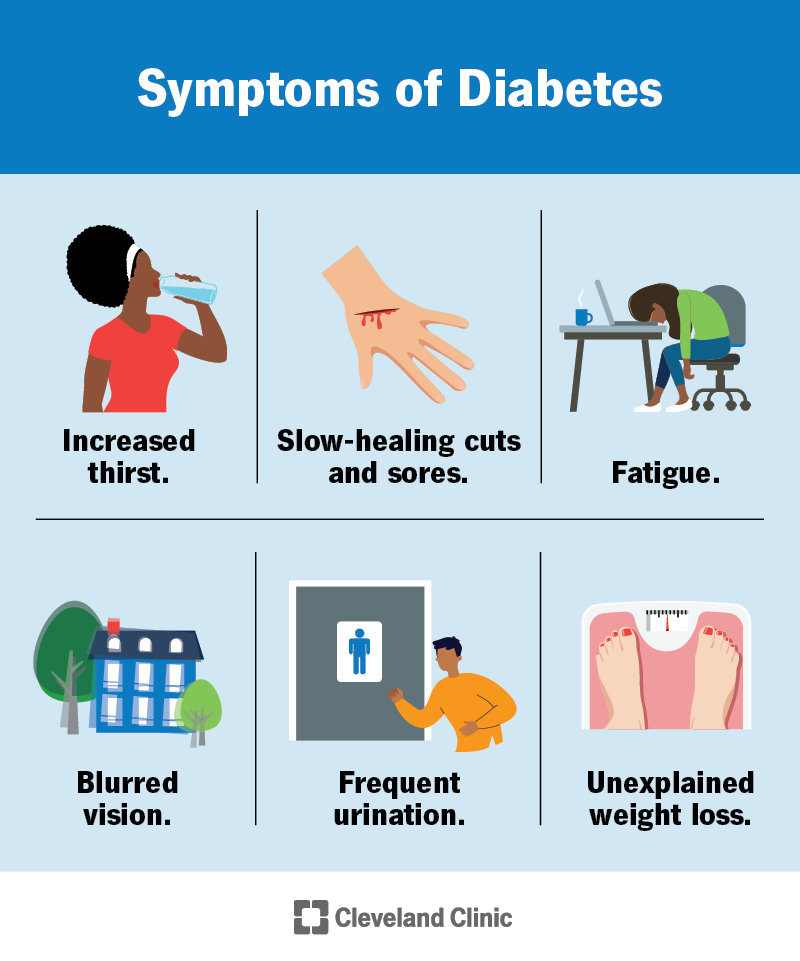Are you one of them?
By KLICK APPLIED SCIENCES
Klick Labs scientists have unveiled a new analytical method, capable of detecting a precursor to prediabetes, known as impaired glucose homeostasis (IGH), by analyzing data from continuous glucose monitors.
Remarkably, this technique identified 20% of study participants,
initially deemed healthy, as having glucose metabolism akin to prediabetes,
signifying a potential breakthrough in early detection and management of
diabetes.
Klick Labs develops for detecting the initial indications
of Type 2 diabetes by employing continuous glucose monitoring (CGM) data.
A team of researchers from Klick Labs has
formulated an innovative approach for identifying the initial indications of
the body’s inability to manage blood sugar levels before patients reach a
prediabetic state.
The details of their study, published in Mayo Clinic Proceedings: Digital Health, reveal a new analytical process that highlights a stage prior to prediabetes, known as impaired glucose homeostasis (IGH). The scientists utilized their proprietary mathematical model on data gathered from continuous glucose monitors (CGMs).
The findings showed that approximately 20% of the subjects, who were previously
deemed healthy according to medical standards, exhibited a glucose metabolism
pattern similar to individuals with prediabetes.
“For people with diabetes, blood glucose levels can rise and fall like a wild roller-coaster ride with steep drops and peaks,” said Jaycee Kaufman, study lead author and research scientist at Klick Labs.
“We found a similar pattern in patients with IGH, albeit those patterns
were more like gentle waves than dramatic peaks, but intervention on this
population could limit the likelihood of progression to full diabetes.”
A total of 384 people were equipped with a CGM for the study and assessed by a physician over a two-week time period. Participants were diagnosed as diabetic, pre-diabetic, or healthy, according to guidelines outlined by the American Diabetes Association.
After applying the
mathematical model, patients were then re-classified into two groups based on
their glucose homeostasis parameters: effective or impaired.
“What was most surprising is that 20 percent
of participants, who were assessed using the standard screening tools for
diabetes and cleared as healthy by a physician, were then found to have
impaired glucose homeostasis–reinforcing it is now possible to provide an
earlier, more accurate and sensitive assessment of people’s diabetic status,”
said Yan Fossat, Vice President of Klick Labs.
About 34 million people have diabetes in the
U.S. and one in three Americans have prediabetes or diabetes. North of the
border, there are 11.7 million Canadians living with diabetes or prediabetes.
Of those with prediabetes in the U.S., more than 80 percent don’t know they
have it.
With research suggesting it is possible to
reverse diabetes, or at least slow its progression, there is growing demand for
screening tools that can flag at-risk individuals. Screening and monitoring
involve reviewing risk factors such as age, BMI, and family history; and
diagnosis relies primarily on the blood tests like glycated hemoglobin (HbA1c)
and Oral Glucose Tolerance Test (OGTT).
“This new method of analysis is a major step
forward in the prevention and management of diabetes,” Fossat said. “Early
detection and intervention are critical in the management of Type 2 diabetes,
so our method has the potential to have a significant impact on the lives of
millions of people worldwide.”
Reference: “Screening for Impaired Glucose
Homeostasis: A Novel Metric of Glycemic Control” by Jaycee M. Kaufman, Lennaert
van Veen and Yan Fossat, 24 May 2023, Mayo Clinic Proceedings:
Digital Health.
DOI: 10.1016/j.mcpdig.2023.02.008
